The Australian Pelican (Pelecanus conspicillatus) is found both inland and in the coastal waters of Australia and New Guinea, Fiji, parts of Indonesia and also in New Zealand.
There are seven species of pelicans in the world, all being similar in shape and with one exception, are primarily white in colour. The Australian Pelican is a fairly large white feathered bird with black wings and a pink bill. Males birds are larger than females. The most characteristic feature of pelicans is their elongated bill and large throat pouch. The pelican bill is considered the longest bill of any living bird.
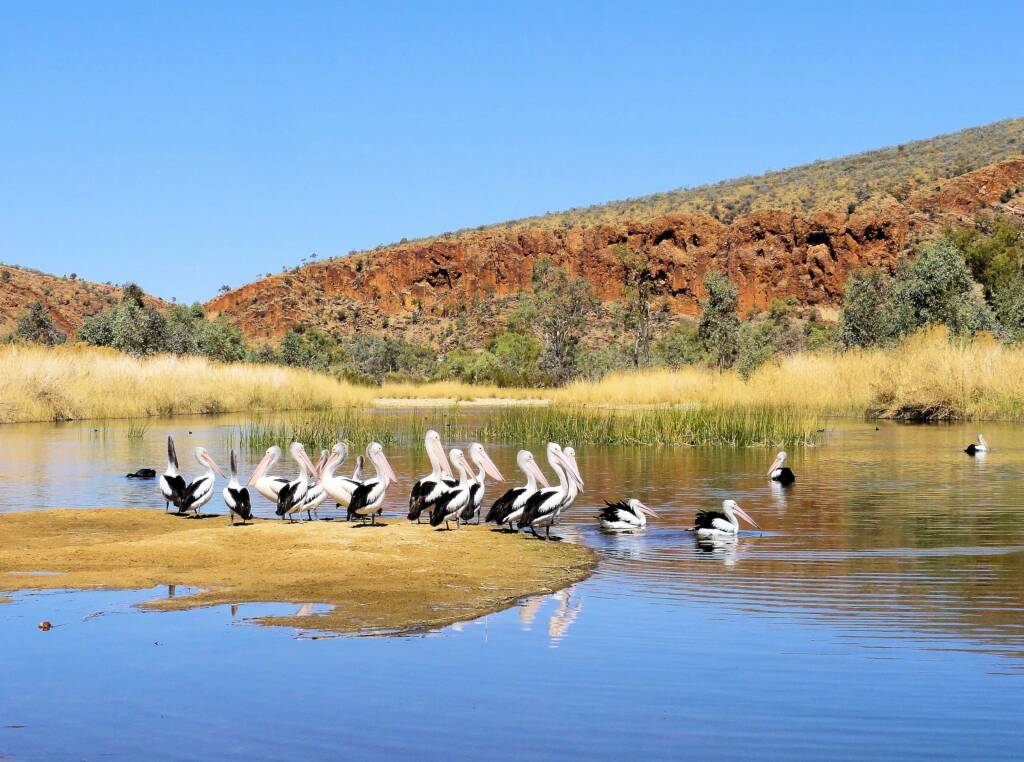
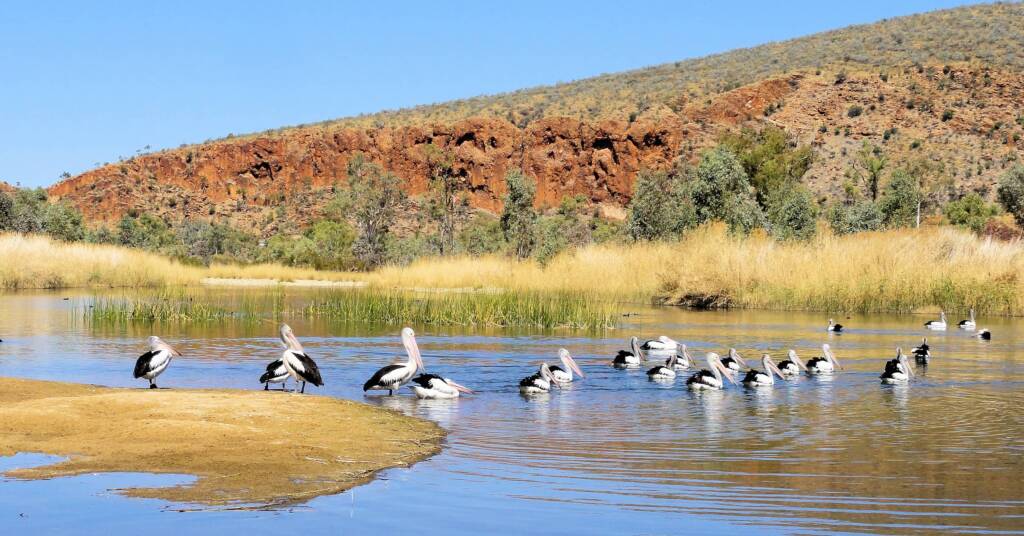
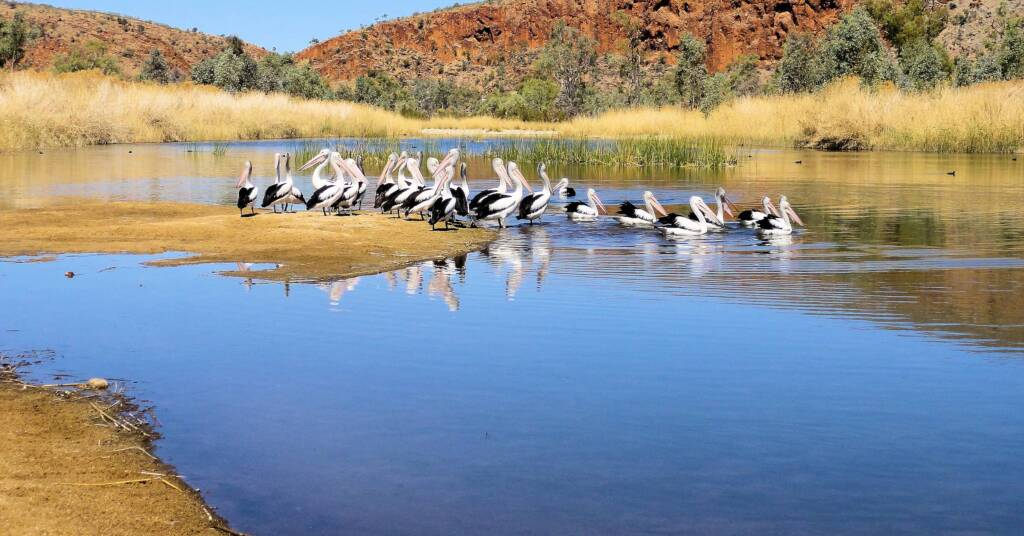
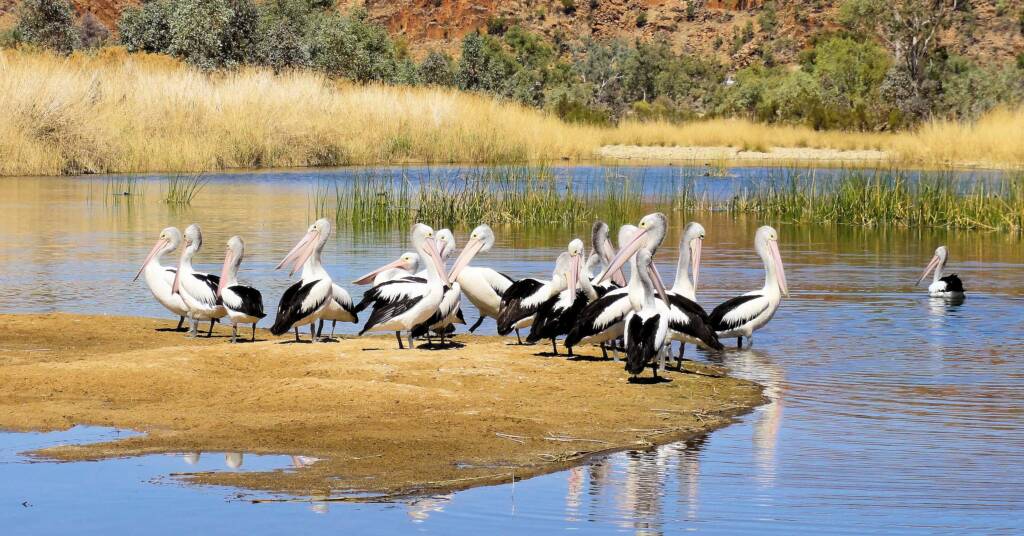
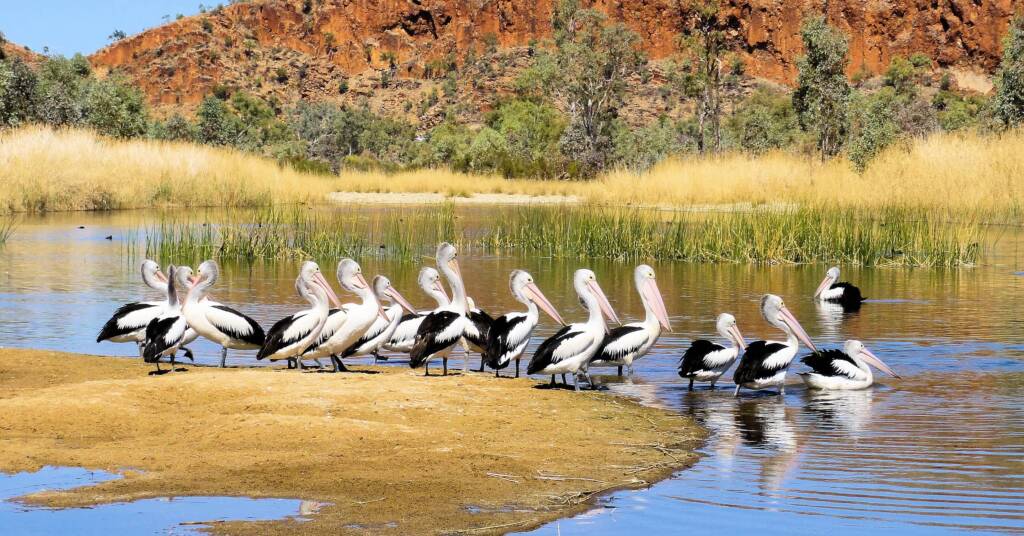
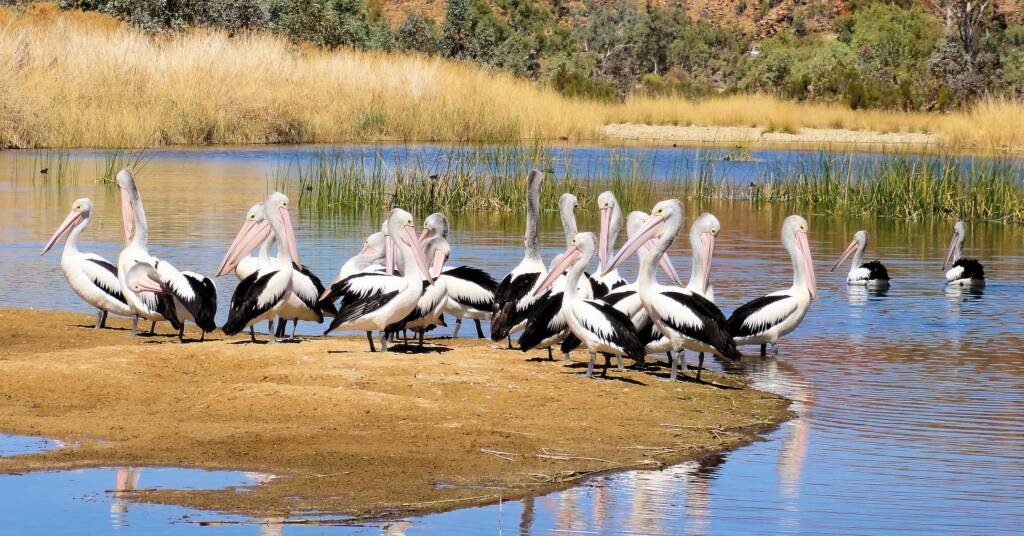
During the courtship , the bill and pouch of the birds changes colour dramatically. The forward part of the pouch becomes bright salmon pink, while the skin of the pouch in the throat region turns yellow. Parts of the top and base of the bill change to a light cobalt blue, and an almost blue/black diagonal strip appears from the base to the tip. This change in colour usually subsides by the time incubation starts. The non-breeding adult has its bill and eye-ring a pale yellow, whilst the pouch is a pale pinkish.
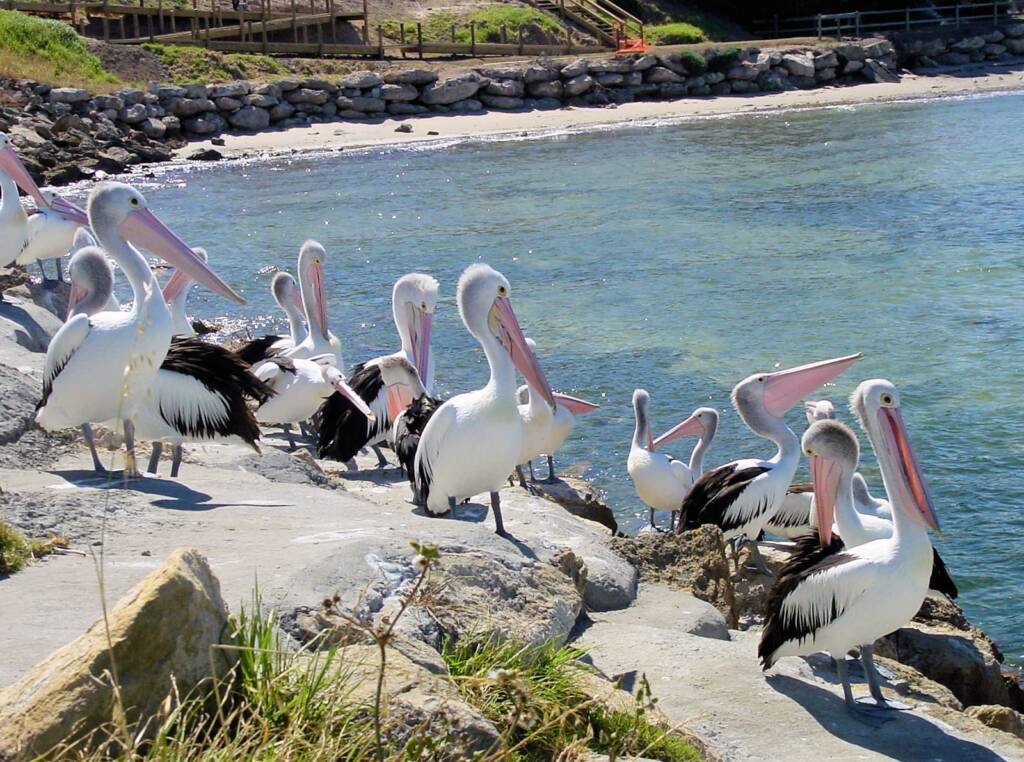
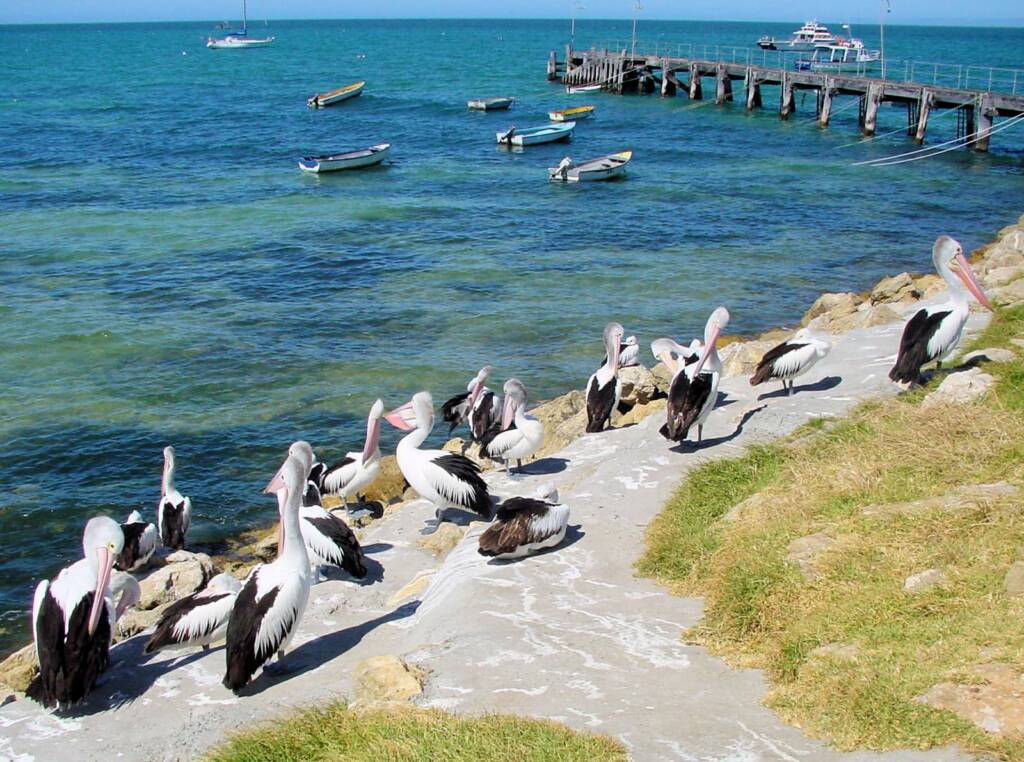
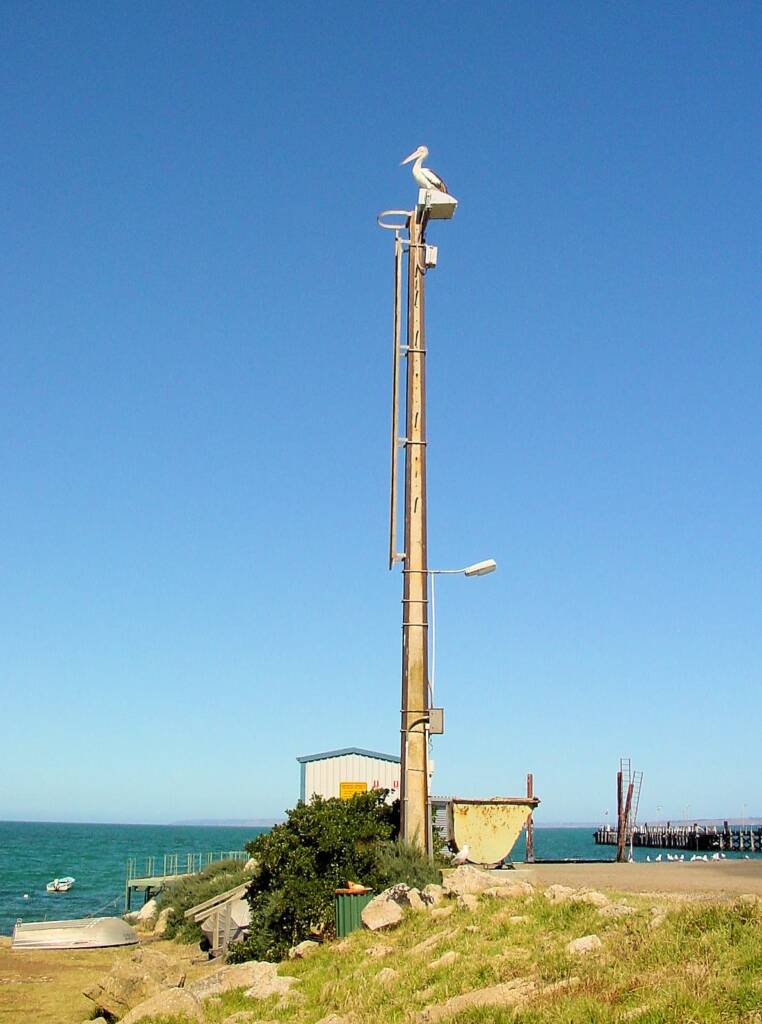

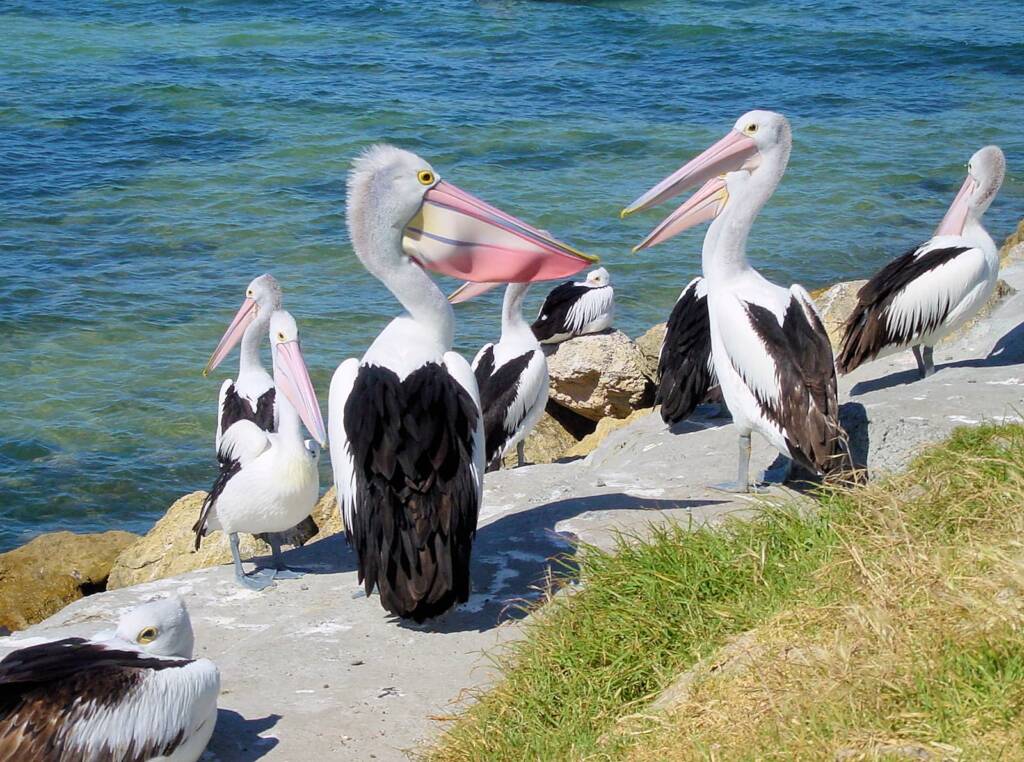
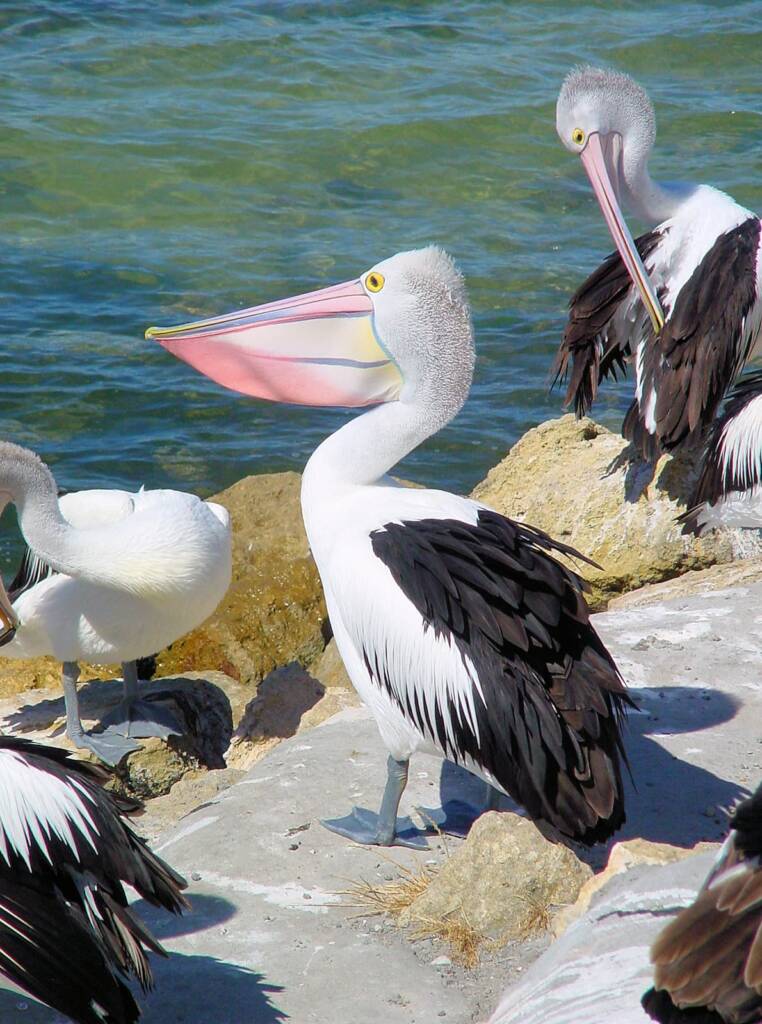
The pelican diet mainly consists of fish, but will scavenge for scraps when the opportunity arises. Whilst they feed in groups, they will sometimes forage in solitary. They are known to eat a variety of fish including introduced species such as European carp and perch. The Australian pelican also feed on insects and aquatic crustaceans and have been known to eat other birds, including eggs and the young birds. In certain places, they have established an association with humans, waiting to be fed by them.
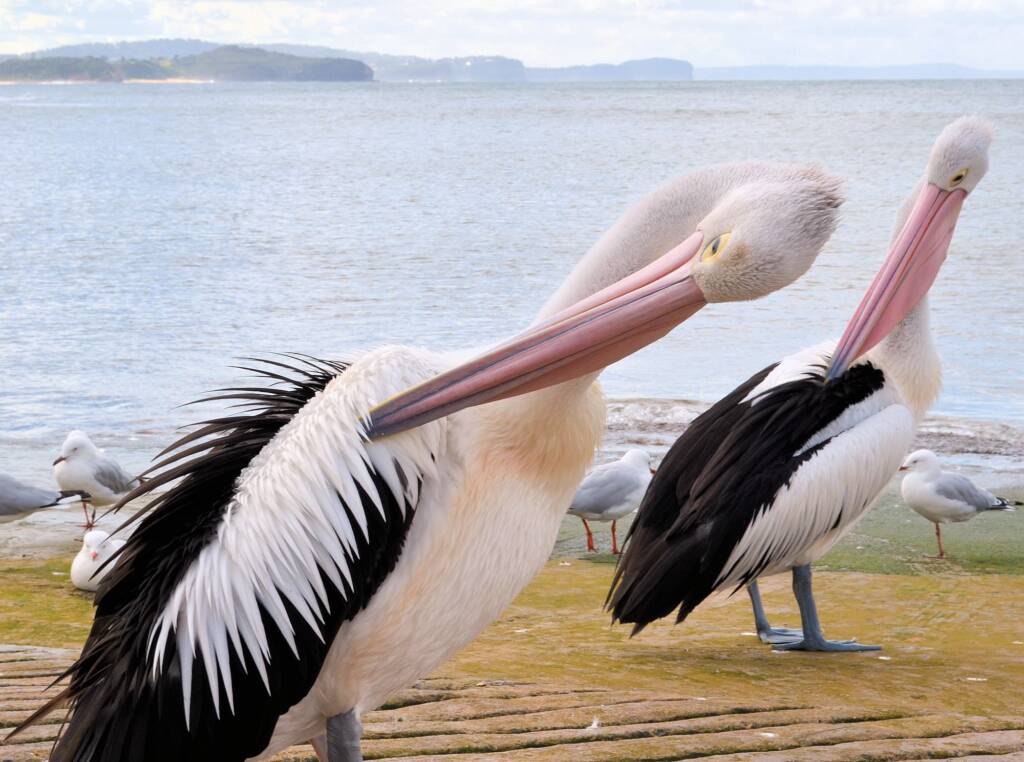
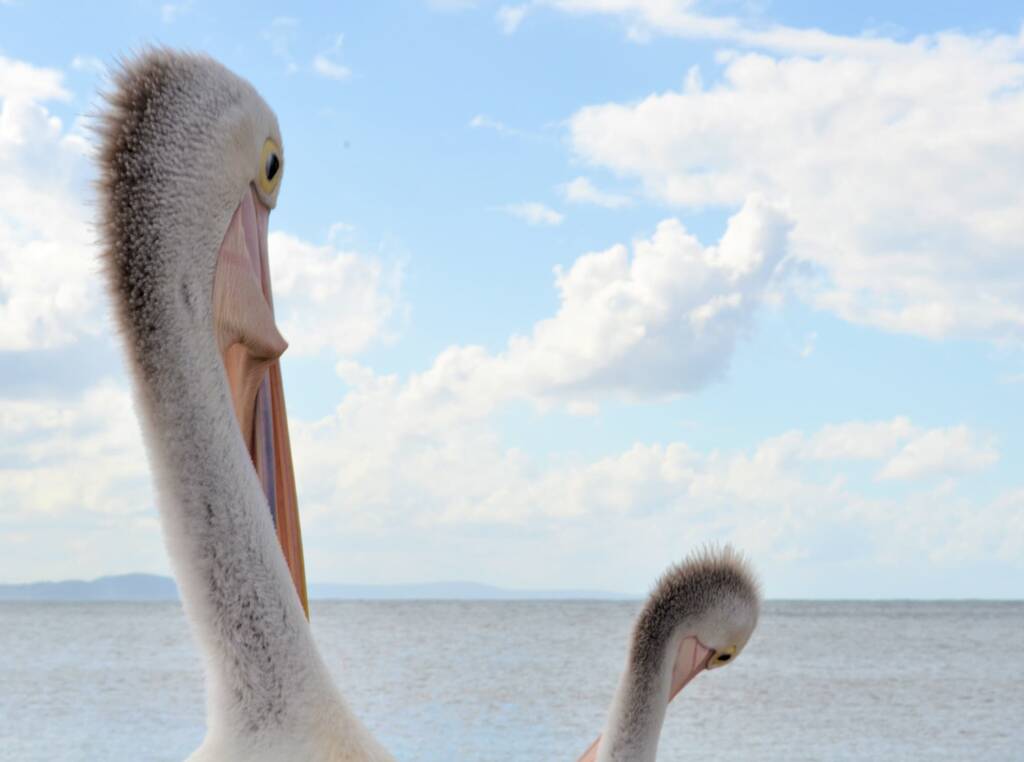
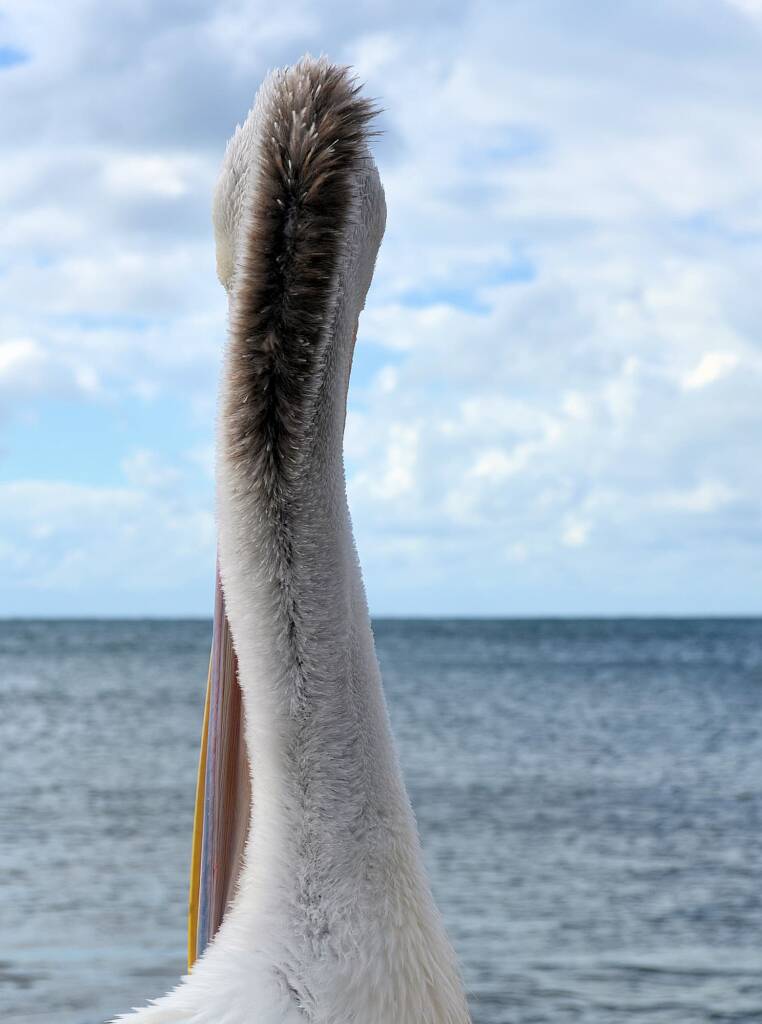
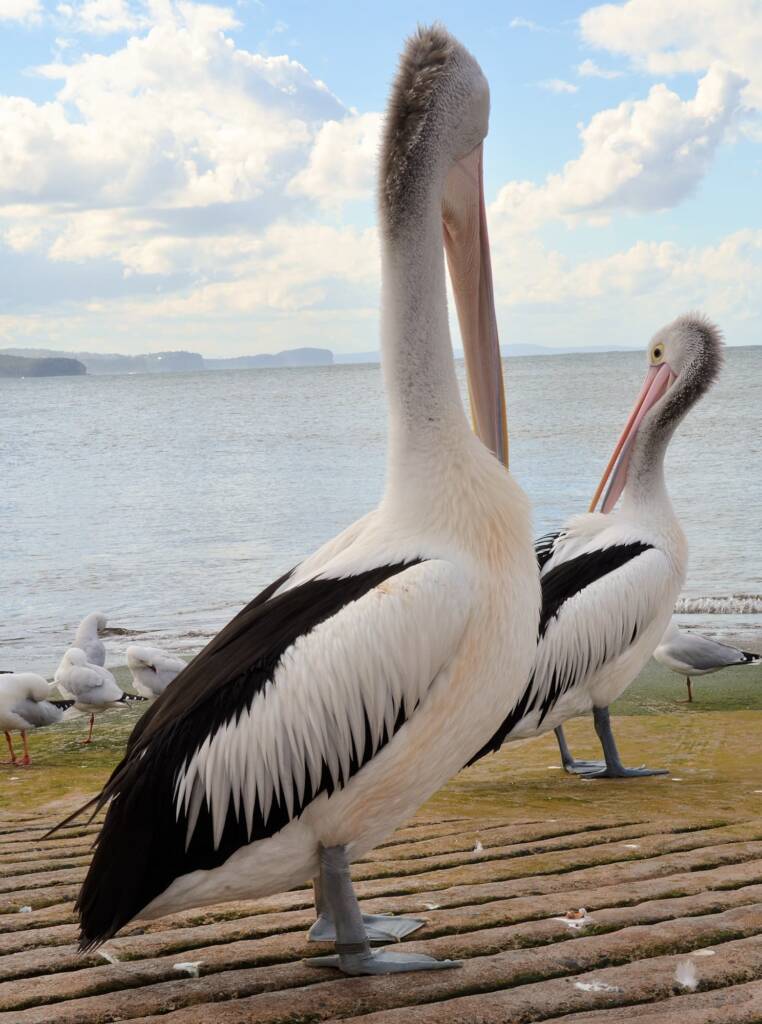
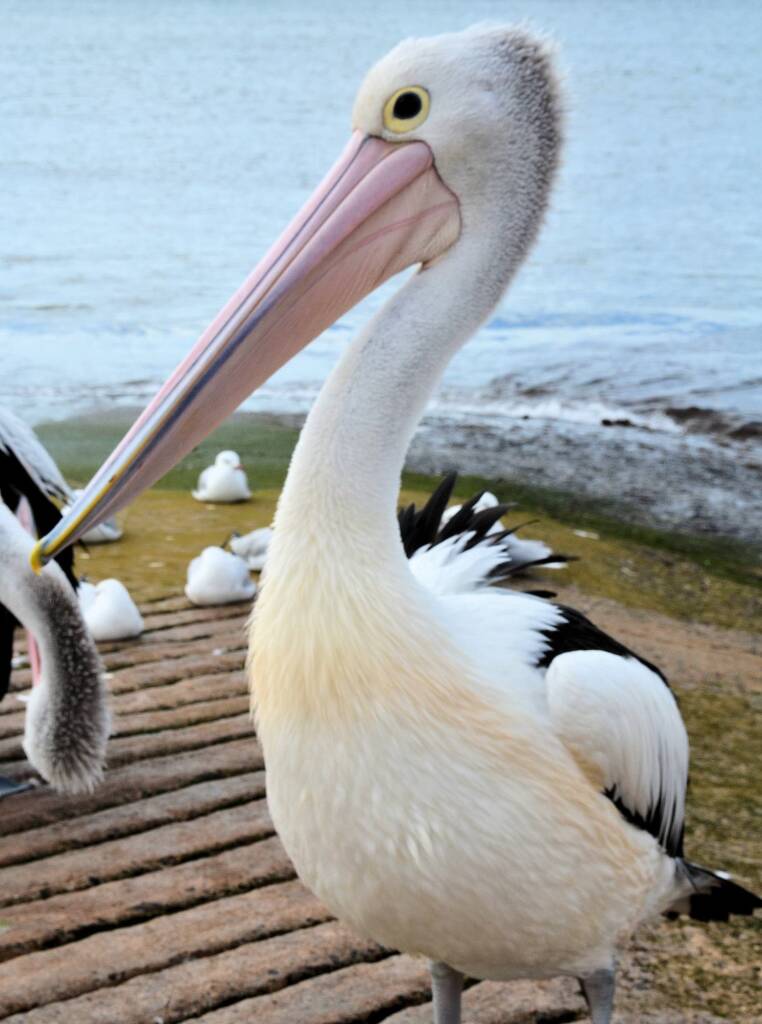
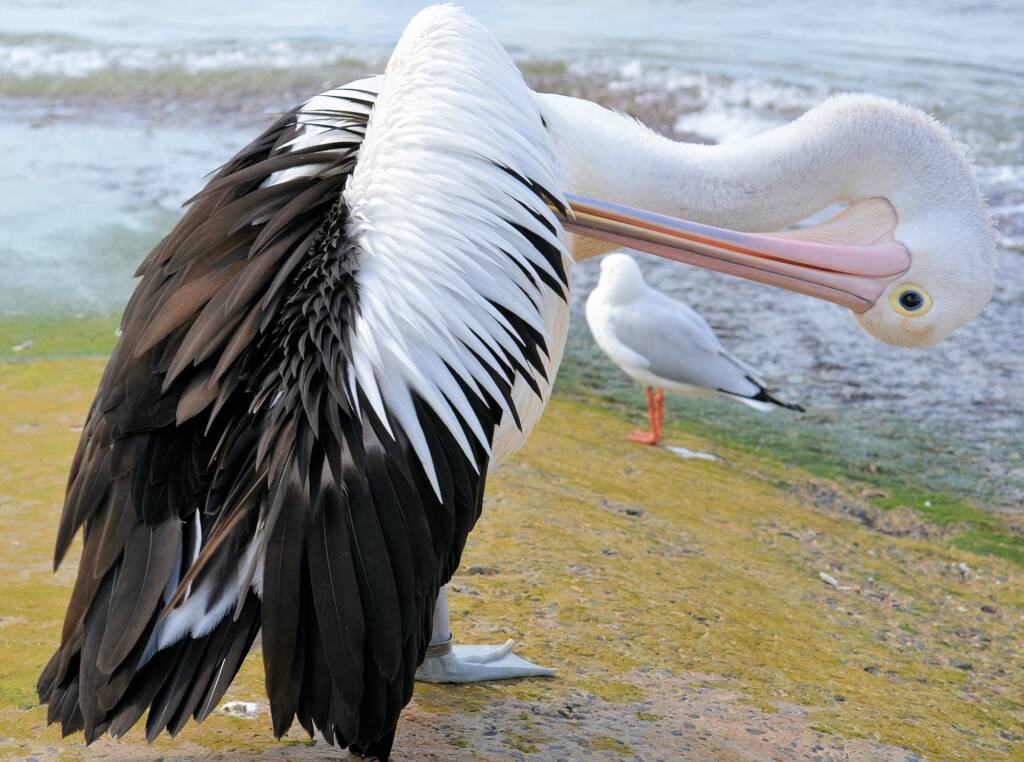
- Scientific classification
- Kingdom: Animalia
- Phylum: Chordata
- Class: Aves
- Order: Pelecaniformes
- Family: Pelecanidae
- Genus: Pelecanus
- Species: Pelecanus conspicillatus
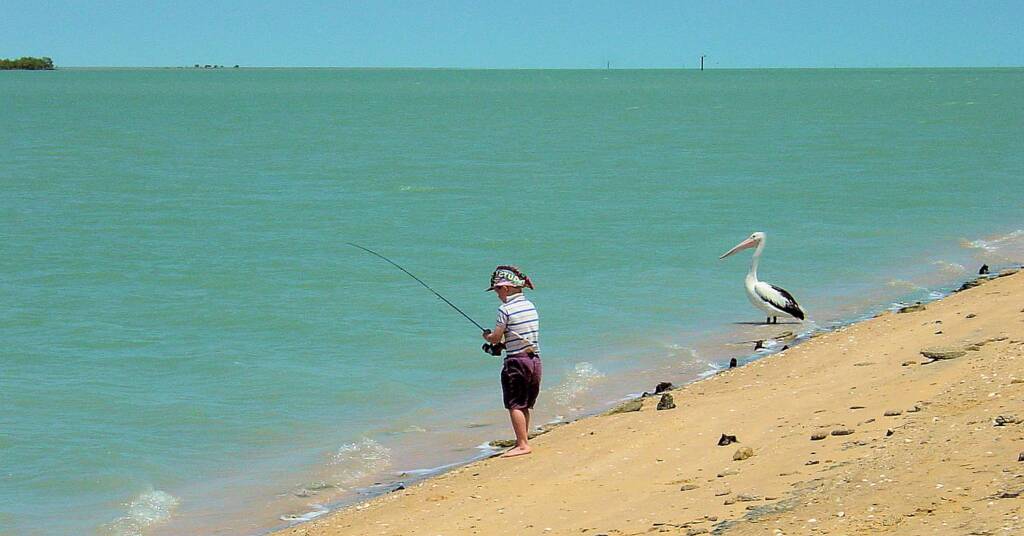
Photos © Ausemade PL
BirdsApostlebird Australasian Darter Australasian Figbird Australasian Gannet Australasian Grebe Australasian Pipit Australasian Robins Australasian Shoveler (Spatula rhynchotis) Australasian Wrens Australian Babblers Australian Bustard Australian Chats Australian Magpie Australian Pelican Australian Pratincole (Stiltia isabella) Australian White Ibis Bassian Thrush Black-faced Cormorant Black-faced Woodswallow Black Swan Bowerbirds Brolga Brown Songlark Channel-billed Cuckoo Cinnamon Quail-thrush Cormorants Cuckooshrikes and Allies Dotterels Lapwings Plovers Doves & Pigeons Emu Fairy Martin Finches Grey Fantail Grey Teal Honeyeaters Kingfishers Little Friarbird Little Grassbird Magpie-lark Masked Woodswallow Noisy Pitta Olive Whistler Paradise Riflebird Pardalotes Parrots Pheasant Coucal Pied Butcherbird Rainbow Bee-eater Raptors Rufous Fantail Redthroat Rufous Bristlebird Silver-crowned Friarbird Torresian Crow Waders Welcome Swallow (Hirundo neoxena) Whiskered Tern (Chlidonias hybrida) White-browed Woodswallow White Capped Noddy White-faced Heron White-necked Heron Willie Wagtail Yellow-throated Scrubwren
